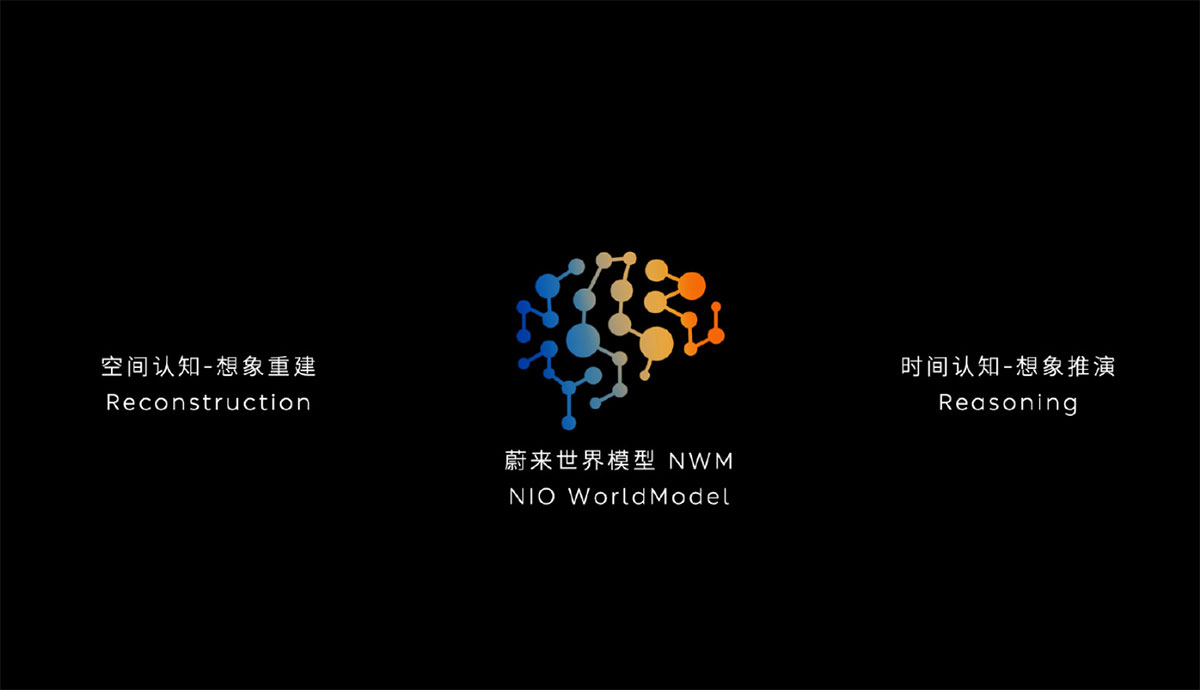- Nio said NWM — first available to 400,000 NT 2.0 vehicles — brings a “comprehensive upgrade” to smart driving capabilities.
- Vehicles equipped with the latest Cedar system will begin receiving the NWM software update by the end of June.

Nio (NYSE: NIO) began rolling out the first version of the Nio World Model (NWM) to its vehicles today, saying it brings a “comprehensive upgrade” to smart driving capabilities.
The first models to receive NWM are over 400,000 vehicles equipped with the Banyan vehicle system, while models equipped with the latest Cedar system will begin receiving the software update in late June, Nio announced today on its mobile app.
Below is a video shared by Nio demonstrating the smart driving performance of a vehicle equipped with NWM. If you don’t see the video on this page, you can click here to watch it on Nio’s Weibo page.
Nio’s earliest NT 1.0 platform models were equipped with the Aspen vehicle system, which used Mobileye’s smart driving chip with a computing power of only 2.5 TOPS.
Over the past few years, Nio has transitioned all its models to the NT 2.0 platform, which comes standard with four Nvidia Orin X chips, offering 1,016 TOPS of computing power.
The company began updating models on the NT 2.0 platform this year, starting with the ES6 SUV (sport utility vehicle), EC6 coupe SUV, ET5 sedan, and ET5T wagon.
All four updated models are equipped with one Shenji NX9031 autonomous driving chip developed by Nio in-house, which the company said has the computing power equivalent to four Orin X chips.

Vehicles on the NT 2.0 platform are equipped with the Banyan vehicle system. The updated versions of the ES6, EC6, ET5, and ET5T launched earlier this month use the latest Cedar system.
The ET9, which was launched at the end of last year, also uses the Cedar system and is equipped with two Shenji NX9031 smart driving chips.
Nio’s first version of NWM prioritizes safety, achieving a comprehensive upgrade in technical capabilities and user experience across four scenarios: active safety, highway navigation, urban navigation, and intelligent parking, the company said today.
Nio will allow pioneer users to start testing the Nio World Model (NWM) in early April, as Tesla’s FSD enters China and local peers have launched end-to-end solutions.
With NWM, if the vehicle detects driver dysfunction, it will autonomously pull over to the roadside. Previously, Nio vehicles could automatically decelerate and stop within the current lane in such scenarios.
Nio has for the first time applied large language AI models to scenarios involving rear-end collisions, enabling warnings of potential collisions from rear vehicles within a speed range of 0-150 km/h.
When the system detects that a collision is unavoidable, it can make a decision within 500 milliseconds, reducing the vehicle’s forward movement distance by up to 93 percent in the event of a rear-end collision.
Additionally, NWM delivers enhanced experiences in parking assistance and point-to-point navigation-assisted driving, according to Nio.
Thanks to the advance planning of hardware, even the first batch of vehicles equipped with the Banyan system three years ago can now enjoy the latest technological advancements in smart driving assistance, Nio emphasized.


This is the first internal test video of Nio’s NWM driver assist system, with zero takeover throughout the 39.3 km route.

![[Video] Nio rolls out first version of NWM, bringing enhanced smart driving capabilities](https://ohmycar.co.uk/wp-content/uploads/2025/05/2025053002520610-1024x565.jpg)

